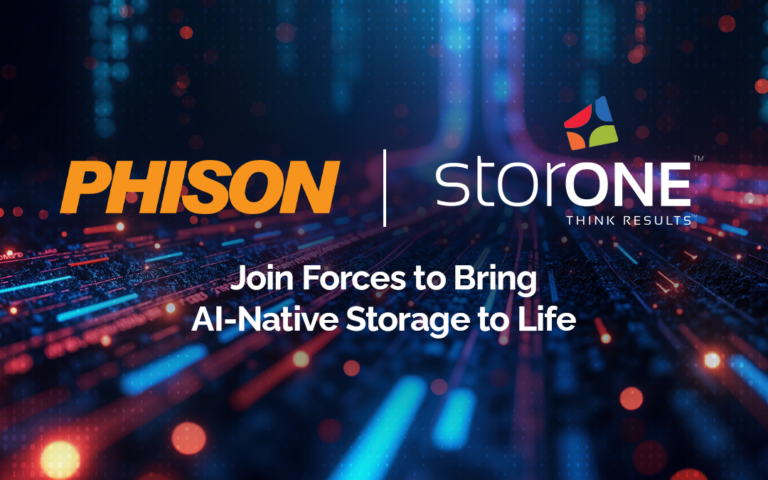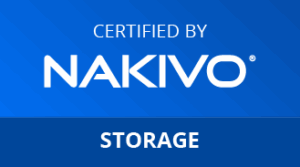In an era where data volume is skyrocketing, businesses face the challenge of managing vast amounts of information while keeping costs under control. The key to success lies in adopting storage strategies that not only optimize financial outlays but also maintain high performance and reliability. This blog delves into how leveraging cutting-edge storage technologies and implementing best practices can significantly reduce storage costs without compromising quality.
Fastest Rebuild Times for Media Failures
When a storage drive fails, the time it takes to rebuild data onto a new drive is critical. Faster rebuild times minimize downtime and reduce the risk of additional failures during the rebuild process, which can be catastrophic.
By implementing storage systems with the capability for swift data restoration, organizations can confidently utilize larger, more cost-effective drives. This strategy decreases the risk associated with drive failures and contributes to more efficient overall storage cost management.
Enhancing Cost Efficiency per Gigabyte for High-Density Media
The evolution of storage media now allows for the use of high-capacity drives that significantly lower the cost per gigabyte. Adopting these high-density drives within storage infrastructures not only enhances storage capacity but does so without sacrificing performance.
This shift is pivotal for businesses aiming to scale their data storage without inflating budgets, ensuring an economical approach to growing storage needs.
Optimizing Media Performance While Reducing Total Ownership Costs
Enhanced media performance means fewer drives are needed to meet storage demands, directly impacting both initial investment and ongoing operational costs, such as power, cooling, and maintenance.
By optimizing the performance of each storage media, organizations can achieve significant cost reductions, all while maintaining high levels of performance efficiency and reliability in their data management systems.
Advanced Auto-Tiering and Strategic Storage Allocation
Integrating various types of storage media, such as solid-state drives (SSDs) and hard disk drives (HDDs), through advanced auto-tiering systems allows organizations to align storage resources with the importance and usage patterns of their data.
High-cost, high-performance media can be used selectively for critical data, while less expensive media can store less frequently accessed information. This strategic allocation not only optimizes investment but also maintains quick access to all data-tier levels, enhancing operational efficiency.
Building Dense Storage Platforms by Maximizing Space and Minimizing Costs
Dense storage platforms consolidate a large volume of data under fewer controllers, significantly reducing the physical space and hardware required. This density not only helps in lowering capital expenditure but also reduces environmental costs such as energy consumption and cooling needs.
By investing in dense storage solutions, organizations can achieve a smaller physical footprint, yielding substantial long-term savings.
A Strategic Approach to Cost-Effective Storage
By adopting these strategies, businesses can transform their data storage from a costly necessity into a strategic asset that supports growth while controlling expenditure. The focus should always be on selecting technologies that not only fit the current needs but also scale efficiently and cost-effectively over time, ensuring that storage systems contribute positively to the organization’s bottom line.





